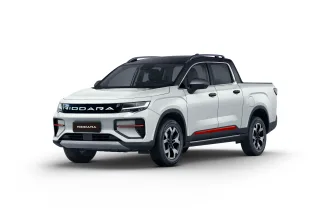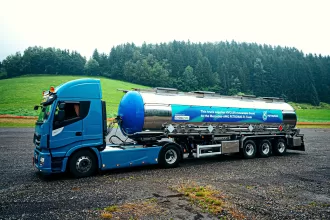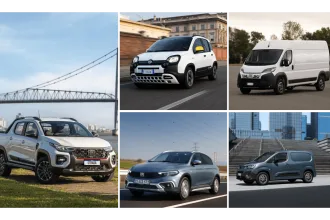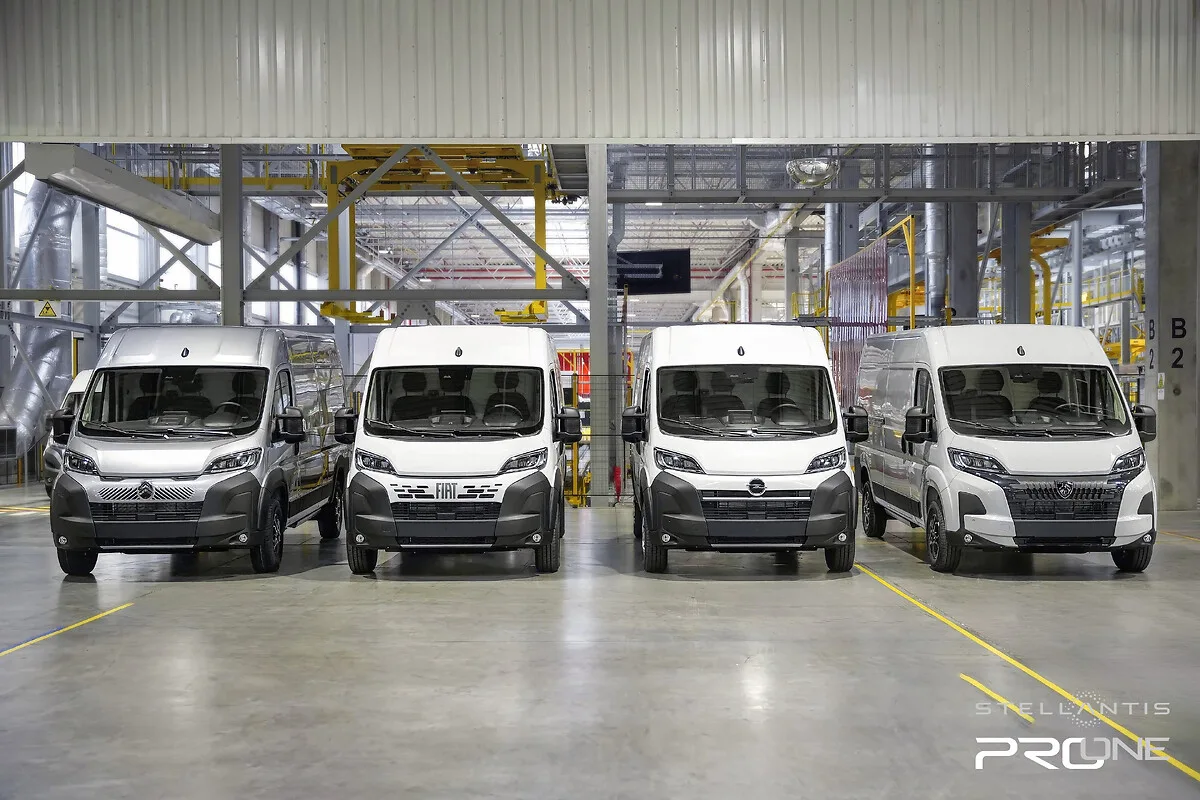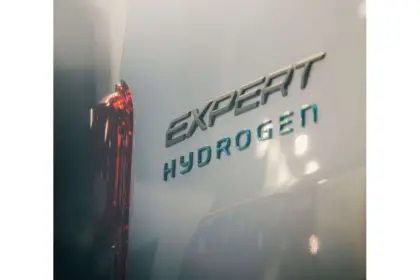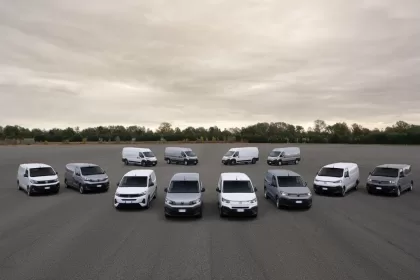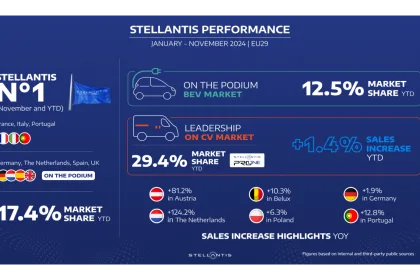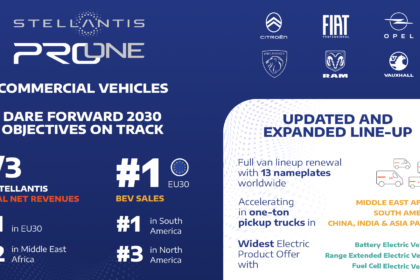- Leading the way in zero-emission solutions, Stellantis Pro One offers the largest selection of electrified options in the commercial vehicle industry, without compromising capability; lineup includes internal combustion engine, battery electric, hydrogen fuel cell, and range extender variants
- Company starting in-house, industrial scale production of hydrogen fuel cell vans: large van lineup will complement existing hydrogen solution for mid-size van lineup
- Stellantis-brand fuel cell vans deliver range of 400 km (mid-size) and 500 km (large), with refueling times of 4-5 minutes
- Stellantis is the undisputed commercial vehicles leader in Enlarged Europe with more than 40% market share in BEVs, No. 1 position in South America, No. 2 in Middle East and Africa and No. 3 in North America
- Zero-emissions vehicles are a key component of the Dare Forward 2030 strategic plan
Stellantis Pro One commercial vehicle lineup expands its production capabilities of hydrogen fuel cell vehicles with in-house production starting now on both mid-size and large van offers in Hordain (France) and Gliwice (Poland), respectively, boosting the Company’s zero-emissions offerings. The extended lineup and increased in-house, industrial scale production of fuel cell vans helps cement Stellantis’ standing as the undisputed leader in zero-emission propulsion in commercial vehicles in Europe.
In October 2023, the Company unveiled a full revamp of the van lineup as a key element of the Pro One strategic offensive for Stellantis’ Commercial Vehicles Business. Stellantis and its brands are leveraging a full range of advanced electrified propulsion, safety, ADAS and connectivity technologies to provide a stress-free environment for drivers and a reliable business partner to commercial owners. Stellantis Pro One has a powerful commercial vehicle manufacturing footprint to support its European leadership with the sites of Mangualde (Portugal), Vigo (Spain), and Ellesmere Port (UK) for K9 compact vans, Hordain (France) and Luton (UK) for K0 mid-size vans, and Atessa (Italy) and Gliwice (Poland) for large-size vans.
“The action to bring hydrogen fuel cell mid-size vans and add fuel cell large vans to our production lines is a proof point of our commitment to maintain the lead in cutting-edge hydrogen technology and make it available to our most demanding customers,” said Jean-Michel Billig, Stellantis Chief Technology Officer, Hydrogen Fuel Cell Vehicle Development. “The skills and dedication of our engineering and operational teams are essential as we pursue the ambitions of Dare Forward 2030 and maintain the lead in the zero-emission commercial vehicle segment.”
Aimed at supporting intensive customer use, the fuel cell versions of the commercial vans build on the technology used in the zero-emission BEV variants of the vehicles, with the added advantages of short refueling times and no sacrifice of payload capability. For the mid-size vans, a second generation of the fuel cell system delivers a segment record range of up to 400 km and refueling time of less than four minutes. For the large vans, the addition of fuel cell technology brings range capability of up to 500 km and refueling time of just five minutes.
Stellantis will have eight fuel cell hydrogen versions of mid-size and large vans produced in-house: Citroën ë-Jumpy and ë-Jumper, Fiat Professional E-Scudo and E-Ducato, Opel/Vauxhall Vivaro and Movano, and Peugeot E-Expert and E-Boxer.
Hydrogen fuel cell technology plays an important role in the Stellantis zero-emission propulsion roadmap. Launched in 2021, Stellantis is the first manufacturer in the world to market this type of vehicle. In 2023, Stellantis became an equal one-third shareholder in Symbio, a leading hydrogen technology company with operations in Europe and the United States.

